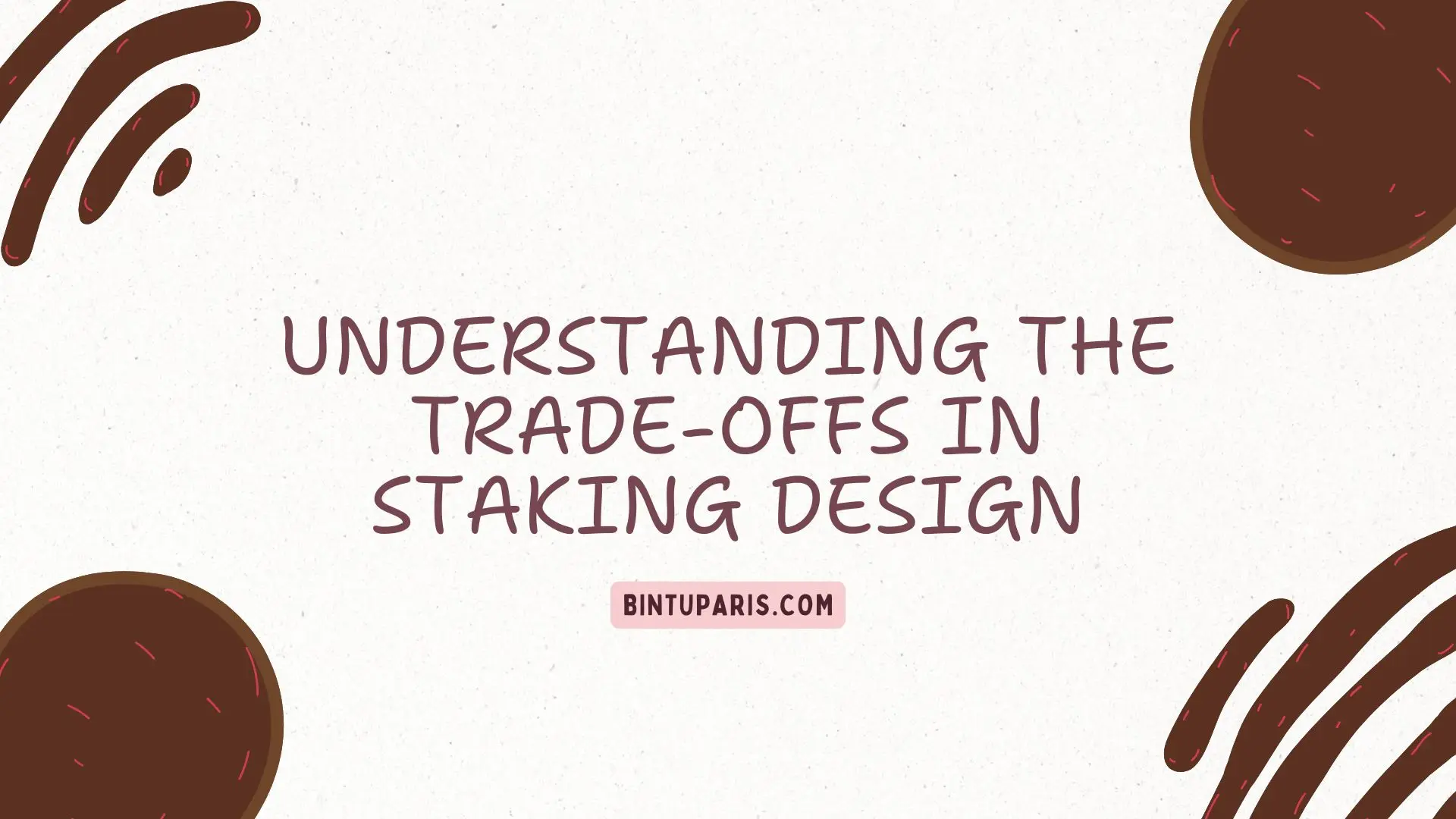Title: Towards an Optimal Staking Design: Balancing Security, User Growth, and Token Appreciation
Authors: Nicolas Oderbolz, Beatrix Marosvolgyi, and Matthias Hafner
Published in: (2024, Ledger Journal)
The paper discusses the economic and security implications of various Proof-of-Stake (PoS) consensus designs. The authors fill a gap in existing literature by empirically analyzing how different blockchain designs, across seven different networks, influence both validator behavior and network-level security. Notably, the paper places strong emphasis on the concept of slashing and its effect on what they term static and dynamic security.
Does Stake Slashing Improve Validator Quality? A Closer Look
In their framework, static security refers to the quality of validators (i.e., whether they are honest or malicious), while dynamic security refers to the quantity of stake committed to the protocol. They argue that slashing, while meant to punish misbehavior, may enhance static security by discouraging dishonest actors, but simultaneously harms dynamic security by reducing the total stake securing the network. However, this view seems to rest on the assumption (not explicitly inferred from the paper) that slashed stake is permanently removed from the system. This is not always the case.
Some protocols reallocate slashed funds to a treasury or redistribute them to honest validators who reported the offense. If this is true, then the presumed loss in dynamic security might not be as significant or even applicable in all cases.
Moreover, the authors suggest that slashing can inadvertently penalize well-meaning validators who trigger slashing penalties without malicious intent, for example, due to downtime or technical errors. While it’s true that such actions decrease the total stake, it’s debatable whether this actually improves validator quality.
If a high-quality validator is slashed due to a non-malicious mistake, then quality remains unchanged, as only the perception or trust in the system’s fairness may take a hit. So, while the logic of “more slashing = higher validator quality” seems intuitive on the surface, it doesn’t always hold up under scrutiny.
The Staking Trilemma: Balancing Security, Growth, and Token Value
The paper also introduces a compelling concept called the staking trilemma, where protocols must juggle three conflicting objectives: security, user growth, and token appreciation. For example, to attract more validators (enhancing security), blockchains often need to offer higher rewards which is usually funded either through inflation (increased coin supply) or higher transaction fees. However, both methods introduce trade-offs. Inflation can dilute the value of rewards or suppress token price, while high fees may drive away users, stifling growth.
Interestingly, the authors assert that token inflation dilutes staker rewards. But one could argue the opposite under certain conditions: if the token price holds steady or appreciates, then increased token issuance might still translate into higher overall returns. Inflation doesn’t inherently equate to loss in value; depending on broader market dynamics.
The paper also briefly touches on minimum staking periods, claiming they “reduce transaction and consumption convenience.” However, this point is left underdeveloped. What exactly do they mean by “transaction and consumption convenience”? The phrasing is ambiguous. If they’re referring to decreased liquidity or reduced flexibility for users, that should be clearly articulated. As it stands, readers are left to guess.
Nonetheless, the overarching thesis is clear: there’s no universally optimal staking model. Protocol designers must make conscious trade-offs between validator incentives, user accessibility, inflationary risk, and network security. For example, protocols prioritizing coin value may lean toward low token inflation and high transaction fees, potentially sacrificing validator participation. Others may prioritize rapid validator growth, accepting inflationary risks or lower user adoption in the short term.
Designing Better Staking Mechanisms Requires Nuance
In conclusion, this paper builds a layered, nuanced argument about the economic and security implications of PoS design. It makes a strong contribution, but also invites further inquiry, particularly around assumptions on stake slashing, token inflation, and convenience, that future work or readers may want to interrogate more critically.

